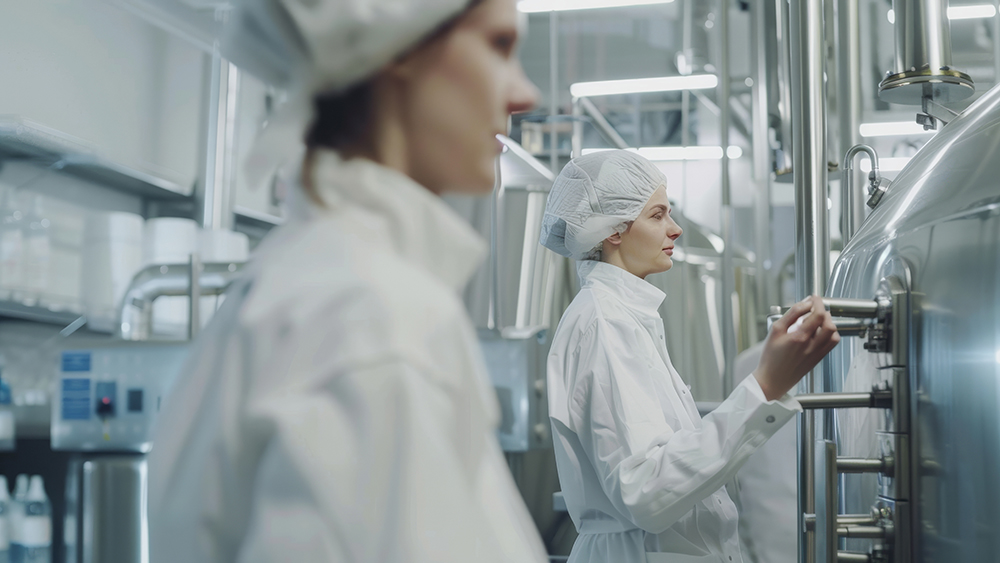Adobe Stock
We [Alan Rudolph and Raymond Goodrich] are both biotechnology researchers and are currently seeking to repurpose an existing medical manufacturing platform to quickly develop a vaccine candidate for Covid-19.
|
ADVERTISEMENT |
This process is used for the treatment of blood products such as plasma, platelets, and whole blood to prevent disease transmission when people receive transfused blood. It utilizes a common food ingredient, vitamin B2, or riboflavin, which is a light-sensitive chemical. When used in combination with ultraviolet light of specific wavelengths, B2 can alter genetic material, whether RNA or DNA, of infectious pathogens in the blood, making them unable to transmit disease.
Those genetic changes prevent pathogens, such as viral, bacterial, and parasitic contaminants, in blood from replicating. By stopping the replication process, the method protects people from disease they could acquire through a blood transfusion.
…

Add new comment